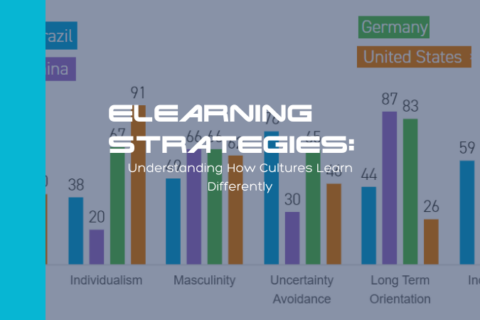Is Your Training Effective for a Global Audience?
Global Training Audience
Many organizations are tasked with producing training and learning materials for a variety of audiences. The internet provides us with the ability to reach people internally, externally, locally, nationally, and globally. And while English is the most common business language, it is not the first language of many web-based audiences. “In 1996, more than 80 percent of Internet users were native English speakers. By 2010, that percentage had dropped to 27.3 percent.” (Source) This presents significant challenges when creating effective training for a global audience. So, how can you translate and localize training and what benefits will this provide your audience and your organization? Here are 3 keys to make your corporate training more effective for a global training audience.
Consider the Source
For training content to be effective, the source content should be created with a global audience in mind. This may mean developing modules or topics that can be easily re-purposed and localized. Neutralizing the content and simplifying the intended message is also important. Don’t use examples or analogies that may be difficult to interpret or understand in other cultures. Avoiding cultural references will allow the content to be localized quickly and easily, thereby reducing the budget required to localize the content.
Related Resources
1) The 7 most common localization challenges >>
2) Driving Student Engagement >>
3) What is Authentic Localization >>
4) Innovating eLearning Localization >>

Consider the End-User
The delivery method of training material is equally important. Some learners may prefer to consume content on-line, via a webinar, a video, or another online platform. However, a workshop format may be preferable to one country or demographic whereas, in another, this format may not be culturally appropriate. In addition, the content should be conversational. It should engage the learner and potentially motivate them to share or discuss the content with others.
Consider the Benefits
Employee retention is a goal for every organization. But, how does training improve employee effectiveness or retention? By providing employees with content that is localized, the employee will often experience a higher level of engagement. Employees who are better trained are often much more efficient. Understanding and having a better comprehension of the company’s goals and the intended training message also leads to more connected employees.
Developing training content and pushing it out to a global audience is not for the novice. Global eLearning can help guide you on a path towards Authentic Localization℠ and effective training content. Get started today by contacting Global eLearning!



